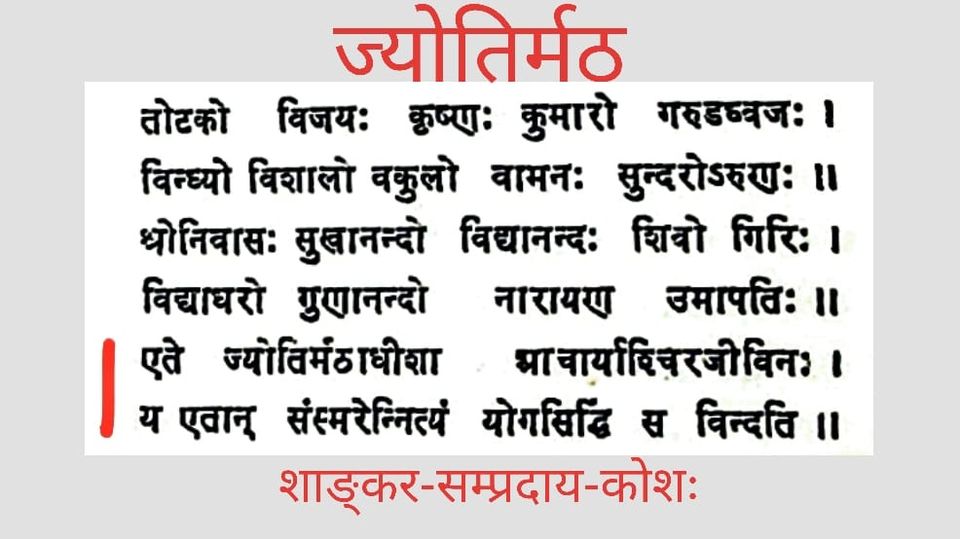-
कांची श्रीकामाक्षीधाम…
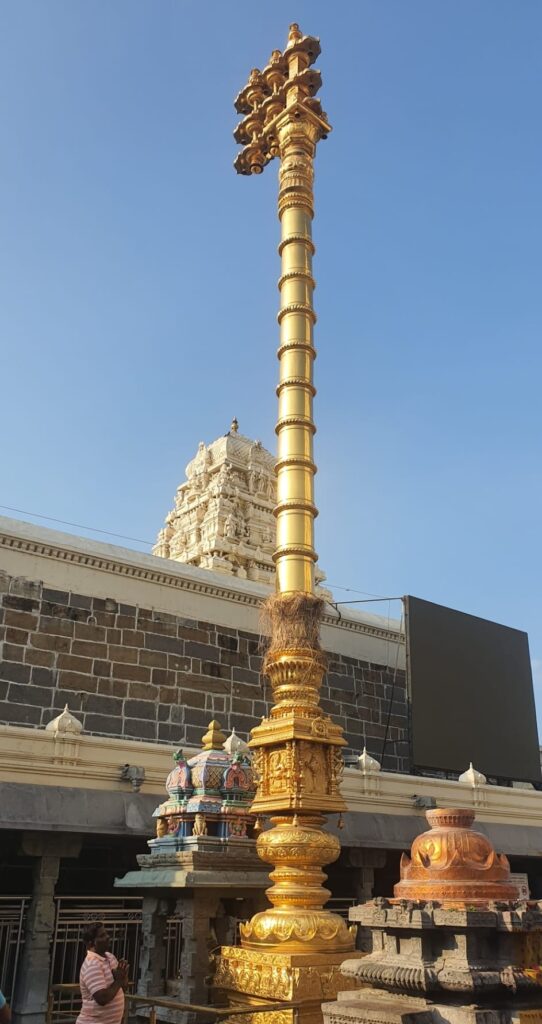
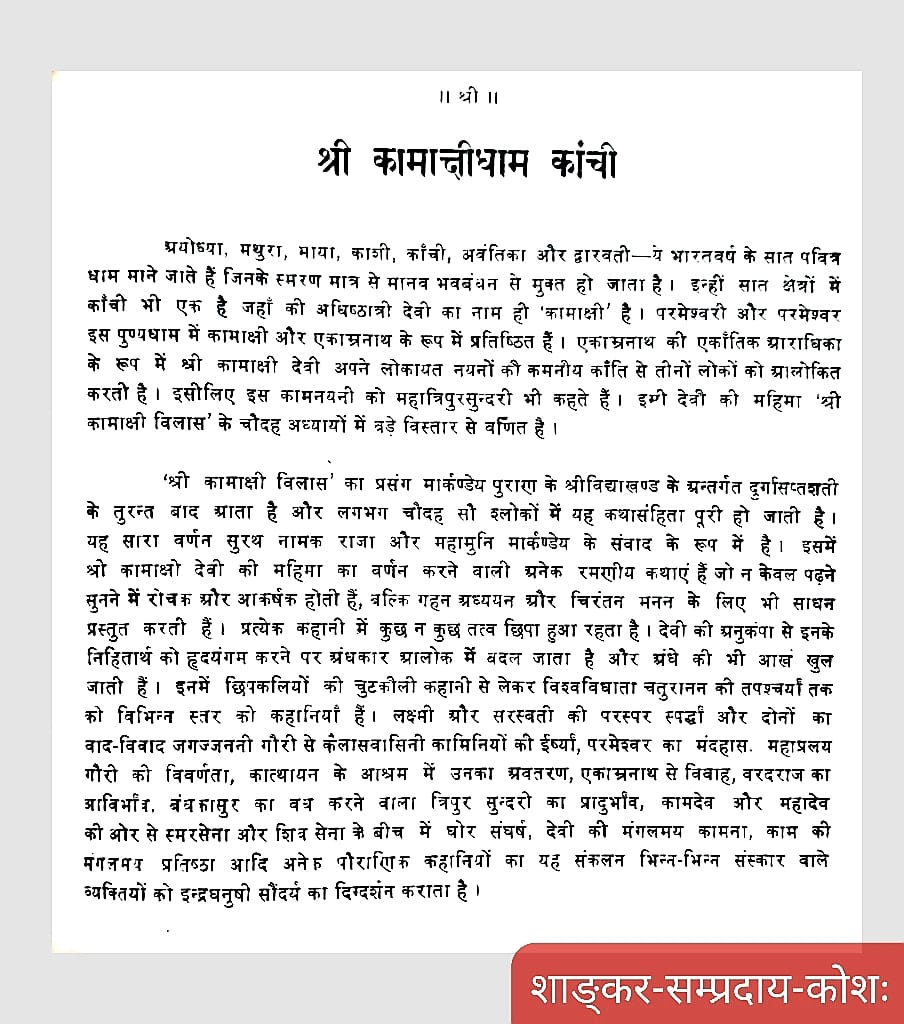
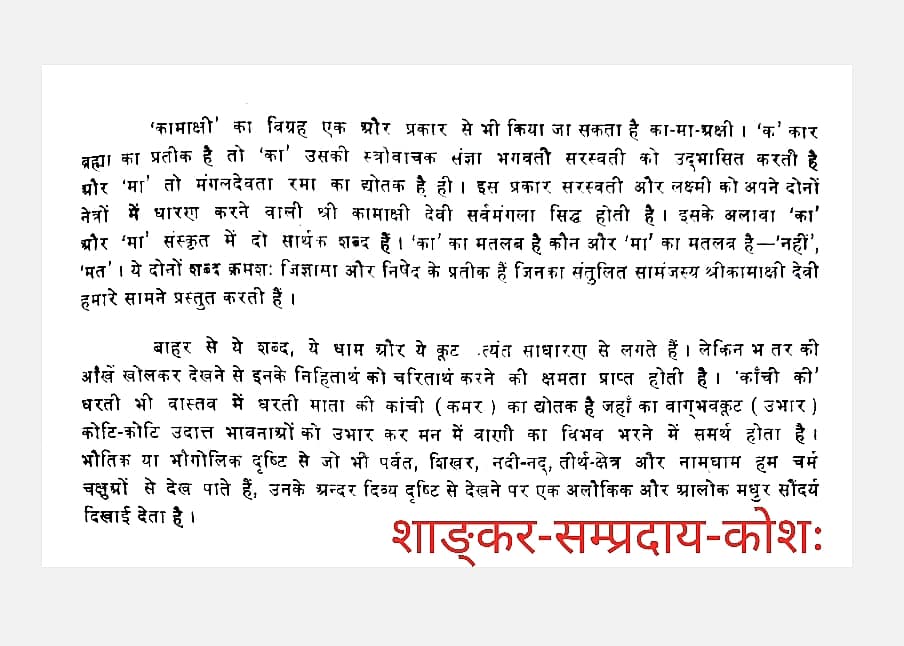

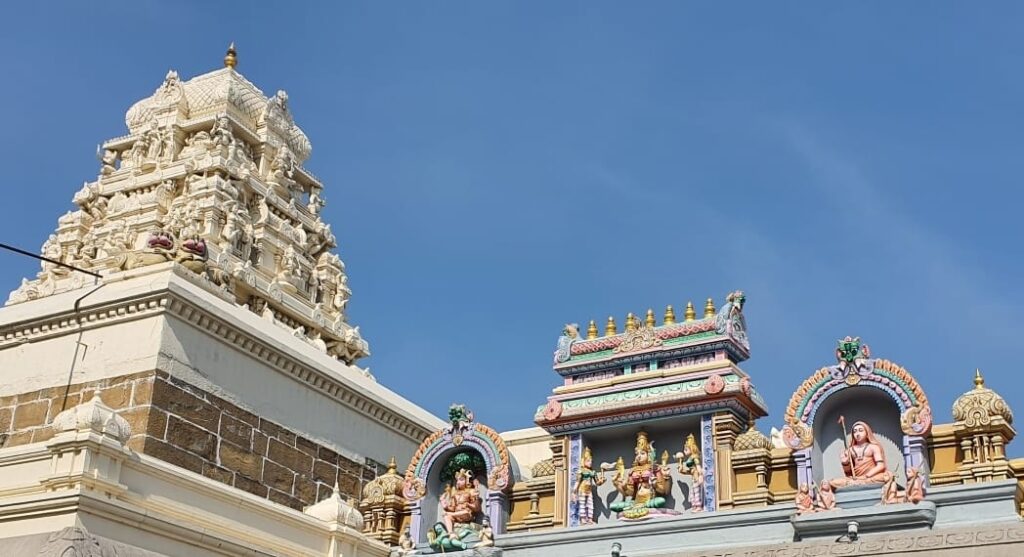
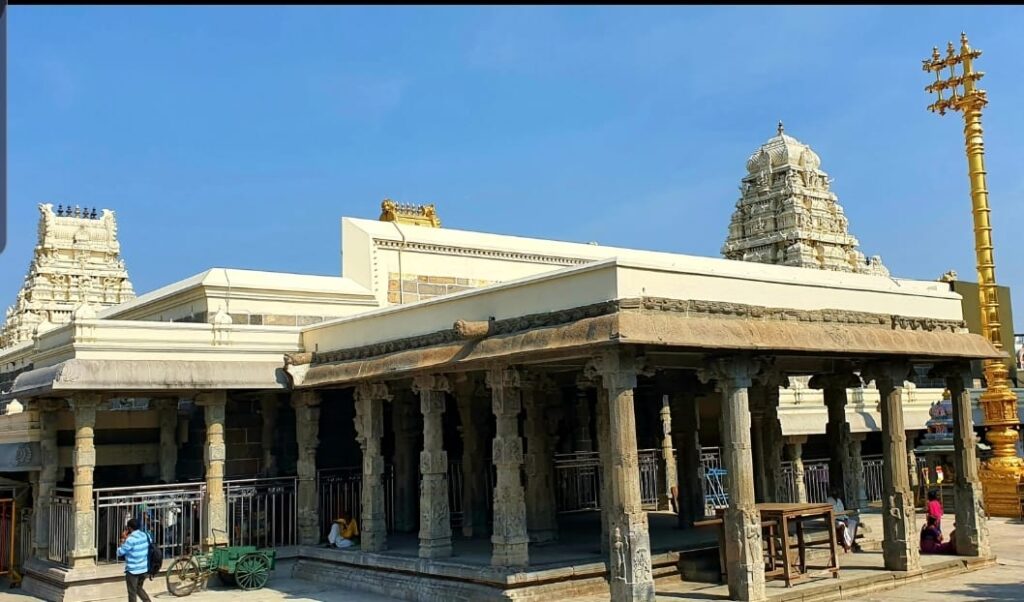
-
SRI KANCHI KSHETRA MAHATMYAM
Kanchipuri is sacred to all Hindus, Vaishnavite, Saivite and Saktha alike. There are a number of temples dedica ted to Siva, Vishnu, Ganapati etc. in Kanchi, big and small, of architectural celebrity and otherwise. But most of them are ancient.
The shrines of Sri Varadaraja (Hastisailanatha ), of Sri Ekamranatha and Sri Kamakshi are the most celebrated of these temples. The Kamakshi temple seems to be one of the most ancient temples of our land since we find a reference to it in one of the old Tamil verses cited by Adiyarkunallar the famous commentator of Silappadikaram (one of the five great Tamil classics), while dealing with Karikala’s expedition upto the Himalayas.
One important thing that strikes the shrewd observing pilgrim visiting to Kanchi, is that the towers (gopuras) of the import ant temples of this city far and near, face the Kamakshi temple.
The processions, of the yatrotsavamurtis (icon taken out during festivals) of all the temples are taken out only along the four principal streets (Rajaveethies) of the Kamakshi Temple. Above all these; it is of significance to find no sanctum sanctorum (Garbhagriha) for the Devi in any of the Siva shrines within the limits of Kanchi city; be the temple small or big.
But just outside the boundaries of this holy city one finds Mula Vigrahas of stone of the Devi in all Siva temples far and near Kanchi.
The reason for this is to be found in the Kamakshi Vilasa Purana wherein it is stated that in blessing Manmatha (Cupid) on having been satisfied with his penance, Sri Kamakshi drew unto her Bilakasa Svarupa (air form in a cave) all the Sakti (Powers of the Devi) scattered in all the Devi shrines of the land.
But later, on the prayer of Brahma, the creator, She vouchsafed that all Siva Temples of the land save those in Kanchipuri, styled as ‘Shivajitkshetra’ shall have Devi Shrines.
The portion of Kanchi city in which the shrine of Sri Kamakshi is situated is called Kamakoshtam in Sanskrit and as ‘Kamakottam’ in Tamil. It is evident that only from this terminology, the author of the Bhagavata has referred to Kanchipuri as Kamakotipuri (or Kamakoshti).
A study on inscriptions on the walls of many a South Indian temple reveals that all Devi shrines, inside Siva Temples in South India, were called only as Kamakottams, after the Kamakoshtam of Kanchi.
Three of the 63 Nayanmars (Tamil saints), Appar, Sambandar and Sundarar have referred to the Kamakoti of Kanchi and of them Sambandar has referred to even ‘Kacchi Kamakoti’.
From these it is evident that only the Sakti in Kamakoshtam has per meated throughout the land and that Sri Kamakshi is the nucleus of Sakti.
Inside the Kamakshi shrine at Kanchi, there are the icons of Adivaraha commonly called ‘Kalvar’ identified as one among the 108 Vaishnavite holy places.
By the side of Kamakshi in Raja Rajeswari pose, we find the Tapas Kamakshi and in front, the Srichakra consecrated shalagrama shalagrama shila by Adi Sankaracharya.
The Bilakasa is spread under Devi Kamakshi. The whole city is permeated with the air of the Bilakasa according to the Kanchi Mahatmya. Every year on the Aipasi Pooram day, special poojas are conducted for Devi and Bilakasa.
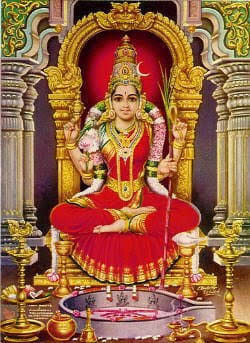
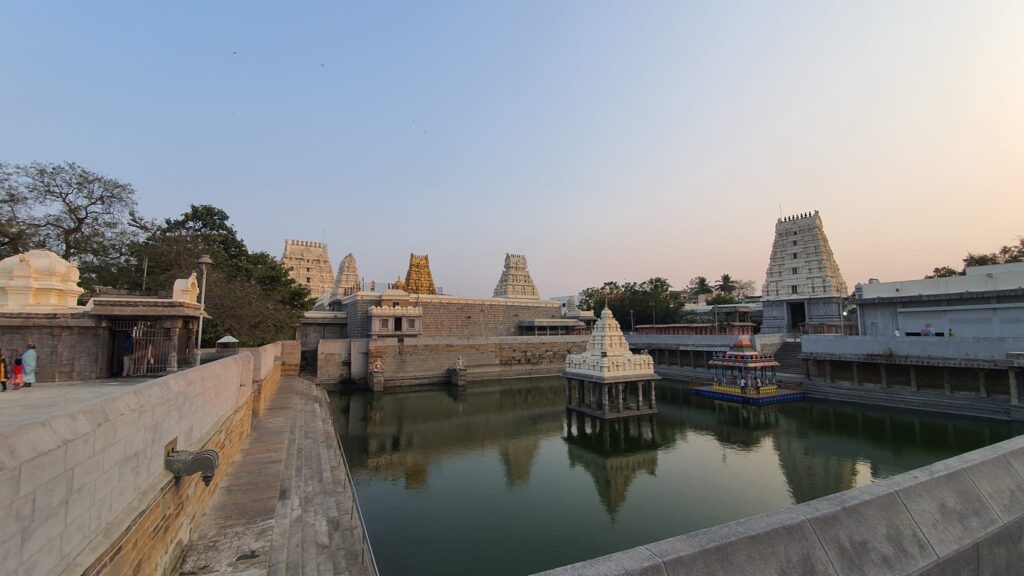

-
Date of Sankaracharya – From the Annals of Kanchi Kamkoti and Dwaraka mathas
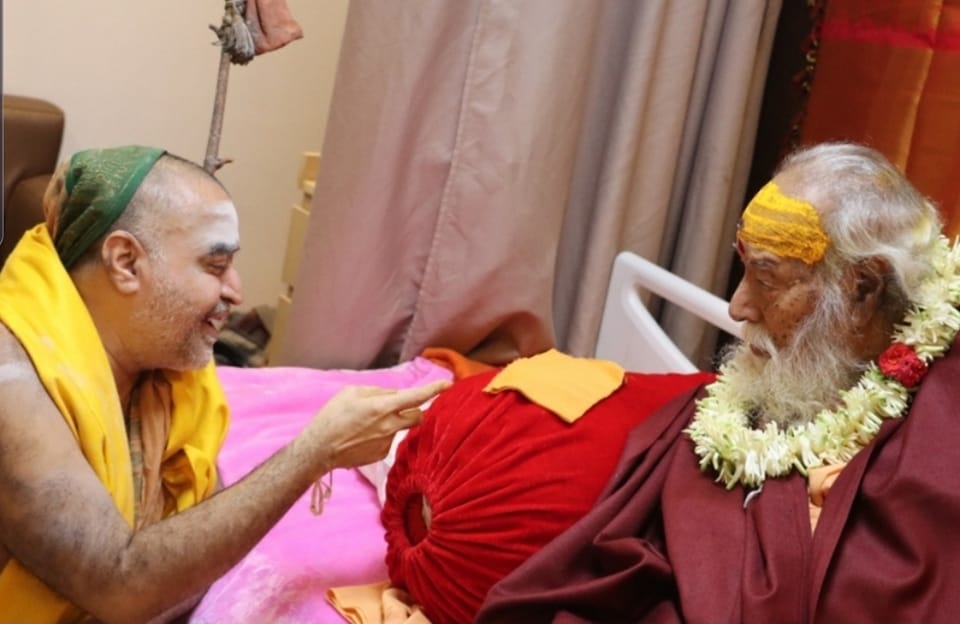
It is remarkable that the date of Sri Sankaracharya preserved in the Dwaraka matha list tallies almost exactly with that found in the ancient records of the Kanchi matha. The Dwaraka matha has also preserved the exact dates of the various events of Sri Sankara’s life from His birth to His departure.
It is important to note that the Kanchi Kamakoti and Dwaraka Peethas have not only preserved the regnal years of the Acharyas upto the present day, but also have preserved the Date of Birth of the Great Acharya and the date of His Brahmi-bhava.
Coming from two entirely distant corners of India the agreement in the dates of these two great religious institutions, the Moolamnaya and Pascimamnaya Peethas of Bharath, speaks for the genuineness of the dates given by the two lists.
And the surprise is all the more agreeably enhanced when we find that the dates given by these two mathas are quite in conformity with the date deduced by many eminent indologists, (Shri.K.G.Natesa Sastry and others) from internal evidence, one more proof to show that the Puranic chronology is genuine and tolerably correct.
( Source:Jignasa,1927)
-
Kanchi – The Kamakotipuri
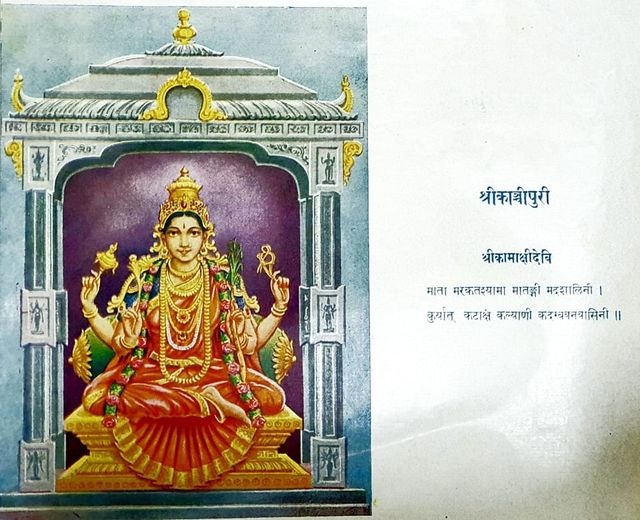
Kanchi, popularly known as Kanchipuram and styled as ‘Kacchi’ in Tamil classical literature, is a city of celebrity, according to the popular saying ‘Nagareshu Kanchi.’
This city has been listed as one of the seven sacred cities of liberation (Mokshapuris). Kanchi is the only mokshapuri in Peninsular India, the other six, Ayodhya, Mathura, Maya (Haridwar), Kashi, Avan thika (Ujjain) and Dwaraka being situated North of the Vindhyas.
The city is referred to in the southern recensions of the Bhagavata Purana, (in the 10th skanda in the Balarama Teerthayatra Prakarana) as ‘Kamakoti Puri Kanchi.’
Vallabacharya in his Subodhini commentary on the purana, styles the city as Kamakotipuri. In the northern texts of the Bhagavata the city is given the name, “Kamakoshtipuri Kanchi.”
The sacred city is considered to be one of the foremost of the Shakthi peethas of Bharat in the Tantric works wherein the name ‘Kamarajakhyam’ is given for the Shakthi-sthana of the place.
The word Kanchi literally means the central part of the gold ornament worn round the waist, (Odyana). The Meru Tantra speaks of the city of Kanchi as the navel spot (Nabhisthana).
The city has been the capital of kingdoms and the ruling seat of princes in puranas, kavyas, inscriptions and history.
The Naishada Kavya of Sri Harsha speaks of a prince of Kanchi present at the Swayamvara of Damayanti. The edicts of Asoka refer to the Kingdom of Satyaputra besides those of Chera, Chola and Pandya of the south.
Of the several names given to Kanchi, one is Satyavratakshetra. There is a temple in Kanchi with a Sivalinga known as Satyavrateswara, of Tevaram fame. It will be hence easy to identify the Kingdom of Satyaputra as the territory around the Satyavratakshetra of Kanchi. Kanchi otherwise known in Tamil as Kacchi is spotlighted as an ancient city in Tamil classical literature.
The city has been the seat of the illustrious Pallavas and the Chola rulers according to epigraphical and historical evidence.
Kanchi has been acclaimed also as one of the Pancha bhutakshetras – where Siva has assumed the form of elements – as the Prithvi kshetra. Besides, Kanchipuri is reckoned as the Akasa Pitha among the five elemental Pithas.
That Kanchi is a great seat or Maha Pithastana has been acknowledged by the Visvakosha.
Puranas about this holy city avow that this city is an Akasakshetra just like Cidambaram of the south.
The city is also named as ‘Divyakshetra, Brahmasala’ etc. according to old puranic stories, treatises and other works depicting the sacredness of the place.
-
KANCHI, THE SOUTHERN MOKSHAPURI
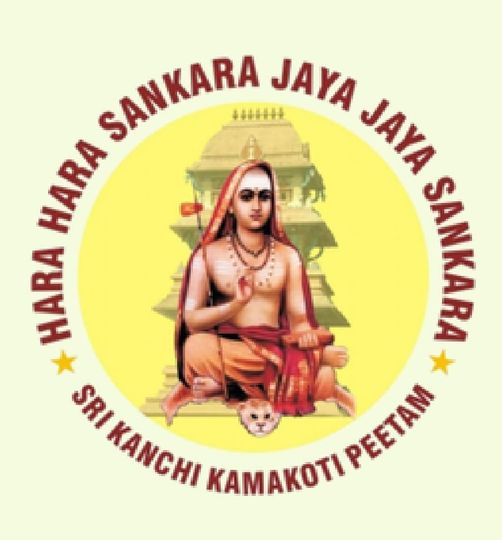
Kanchi of those days was the meeting place of all the rival faiths, tenets and cultures found in different parts of India. Sankara in His digvijaya in various parts of the country attacked the rival faiths in their own centres and citadels and having vanquished Jains, Bauddhas, Mimamsakās, Sāktās, Kāpālikas,and atheists in the West, North and East and having established monuments of victory in the four corners of the country, He finally settled down at Kanchi which was the great converging centre of all the faiths and cultures of the country. Here He rested, found peace and entered into Eternal Bliss.
H. R. RANGASWAMI IYENGAR,
(Retired Superintendent,
Oriental Research Institute, Mysore)
R. CHAKRAVARTI,
(Retired Archaeological Assistant,
Dept. of Archaeology, Mysore.)
-
Kashi Vijaya Yatra of Sri Kanchi Kamakoti Peetadhipati Jagadguru Sri Sankaracharya Swamigal
Kashi Vijaya Yatra
Sri Kanchi Kamakoti Peetadhipati
Jagadguru Sri Sankaracharya Swamigal
K.Kuppuswamy, Retd. Deputy Collector, Madras (1936)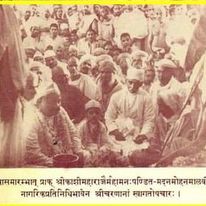
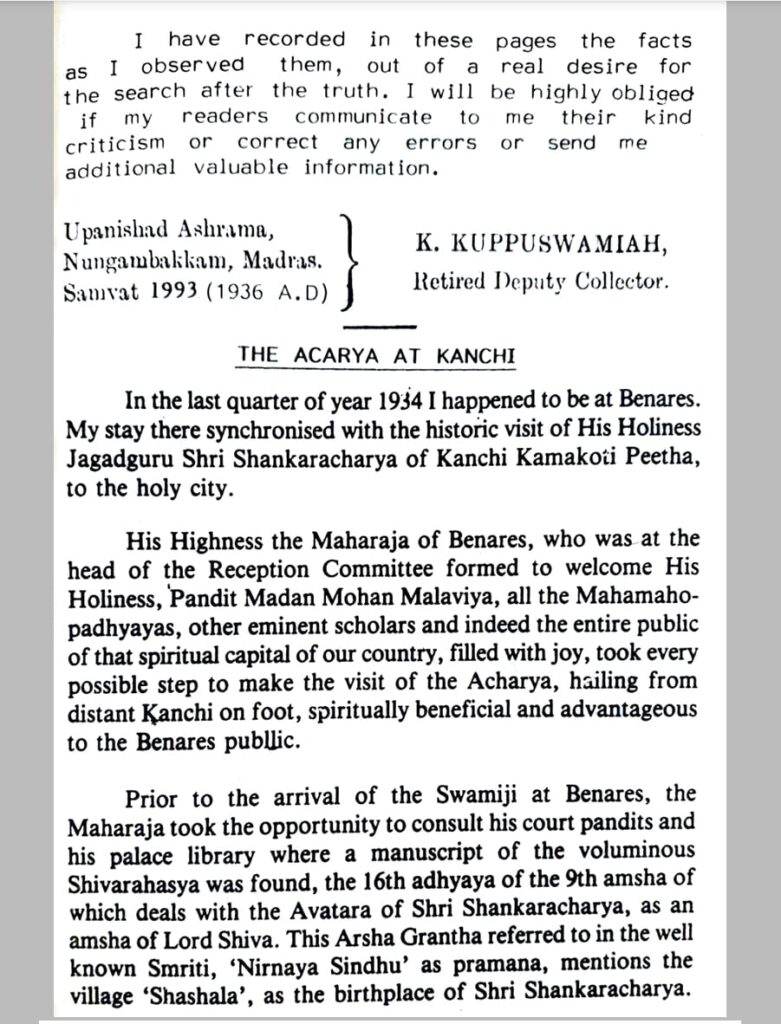
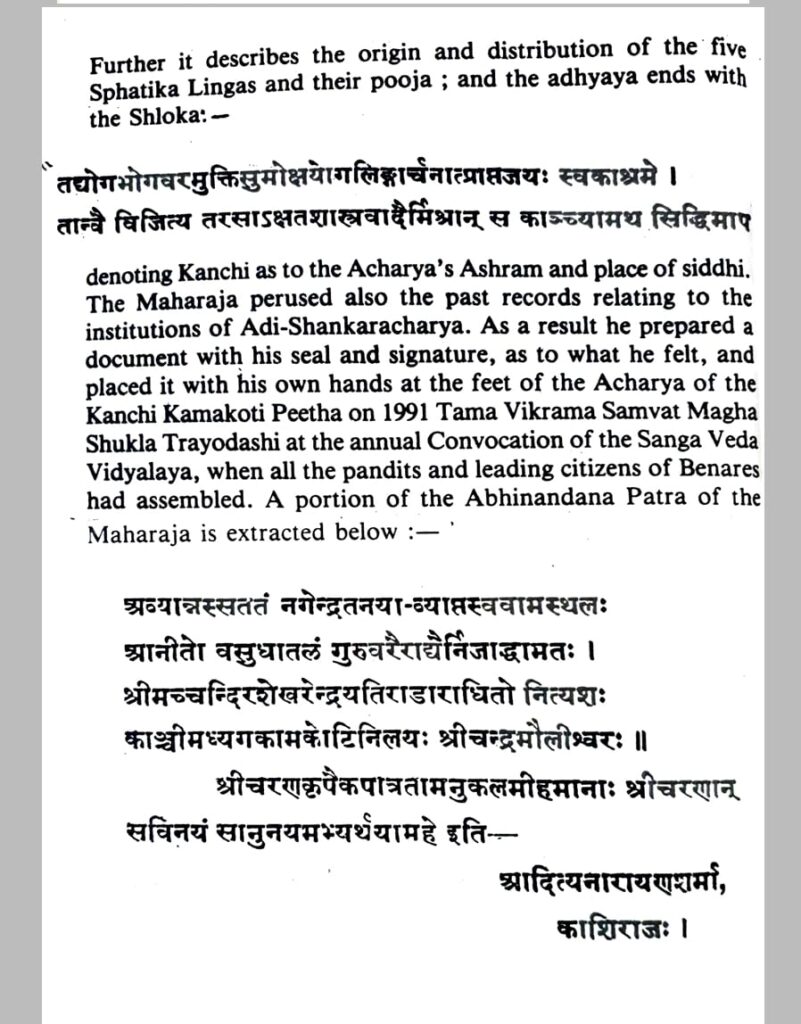
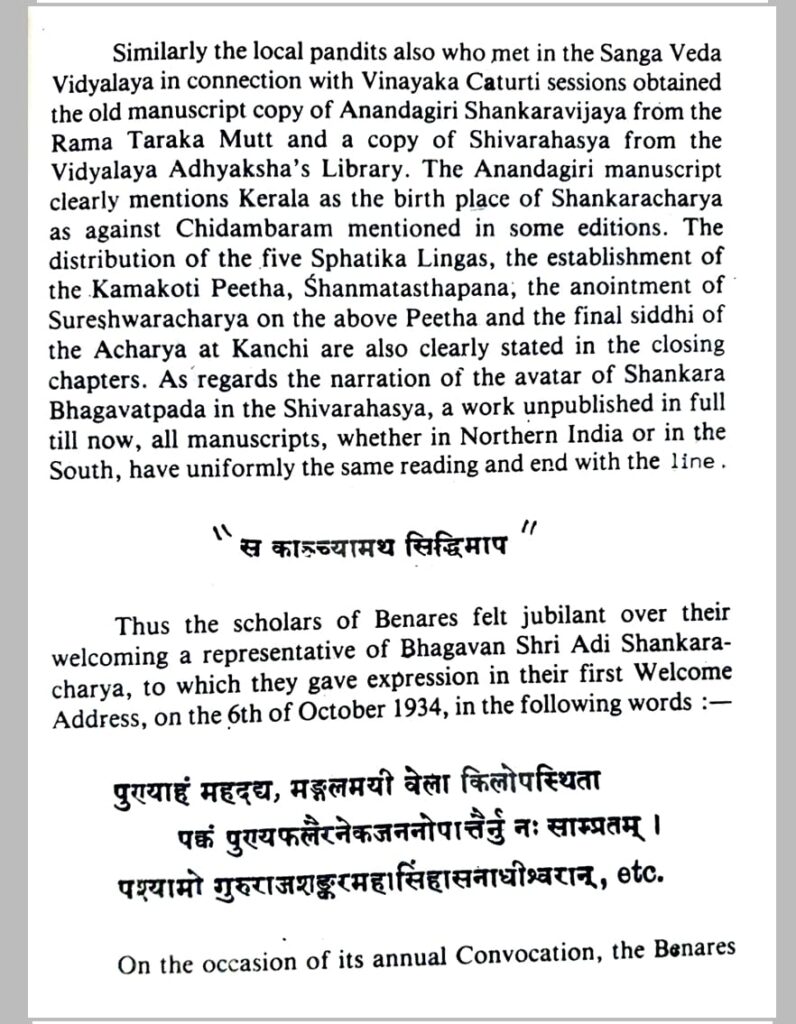
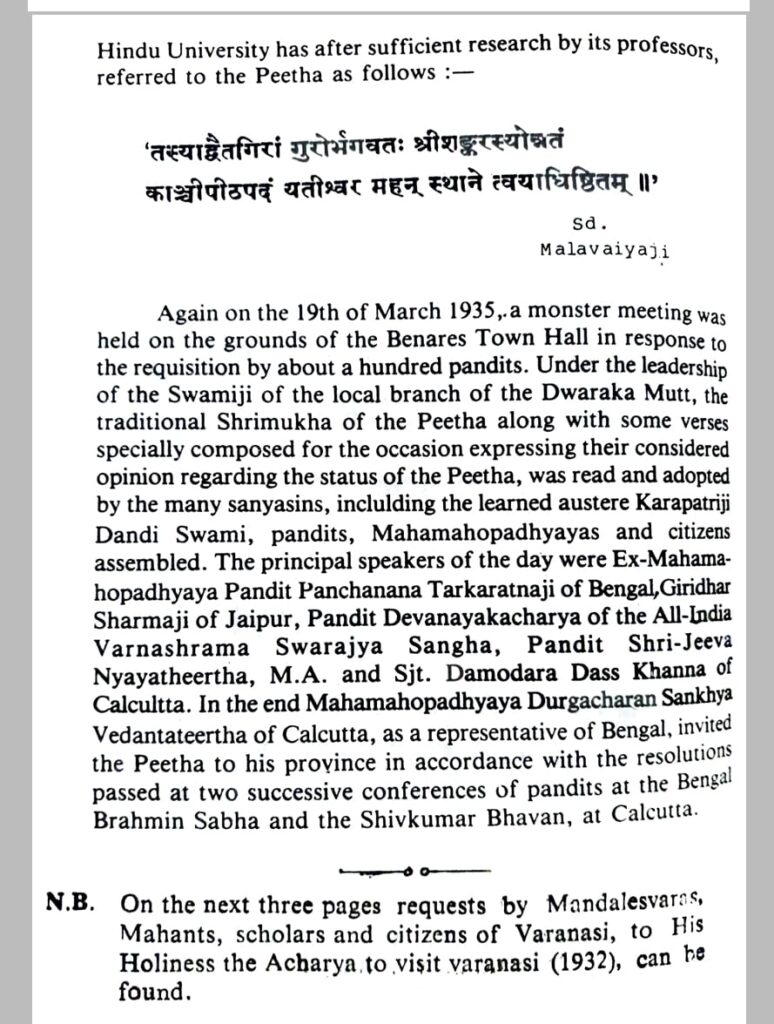
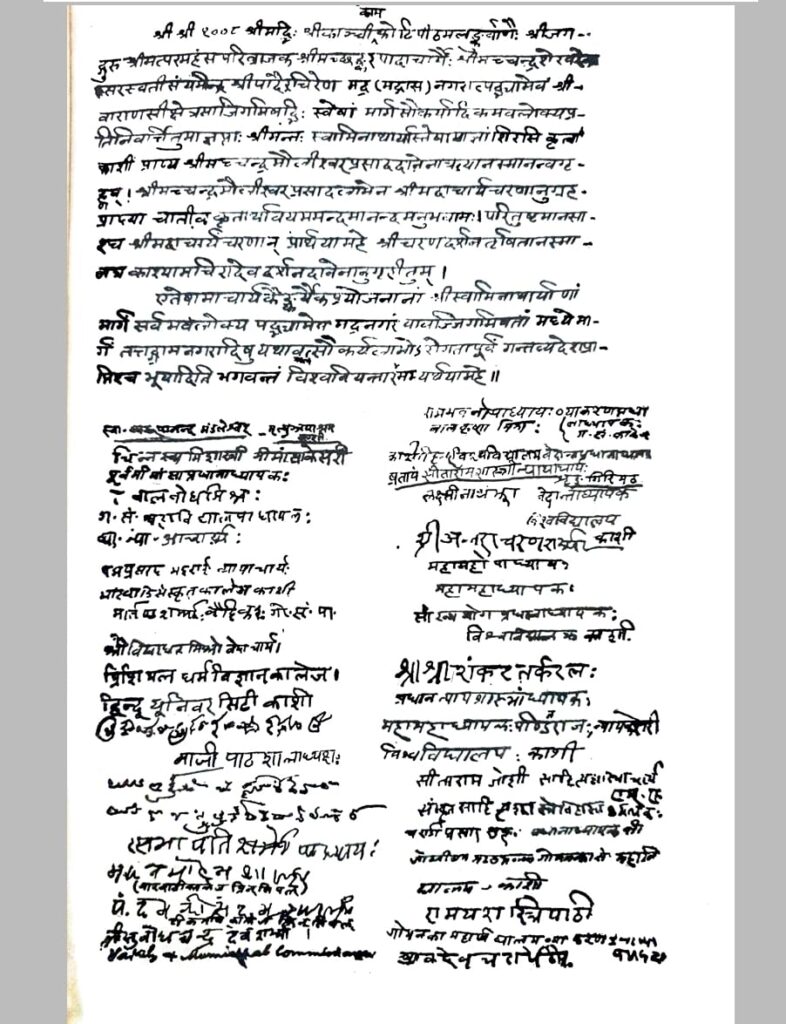
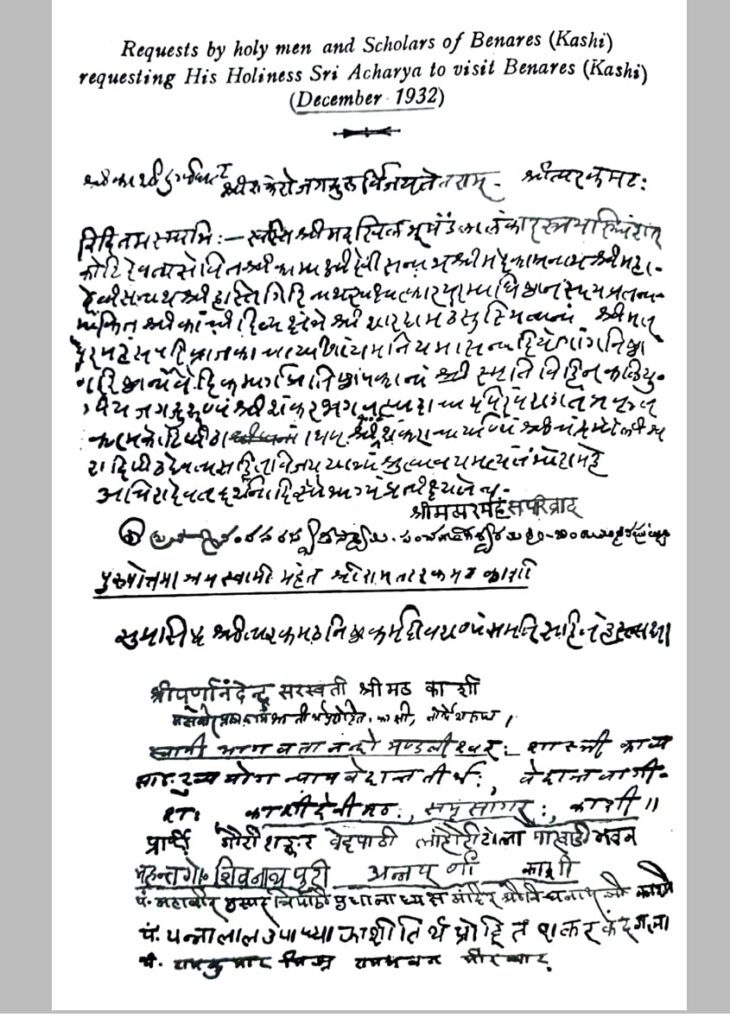
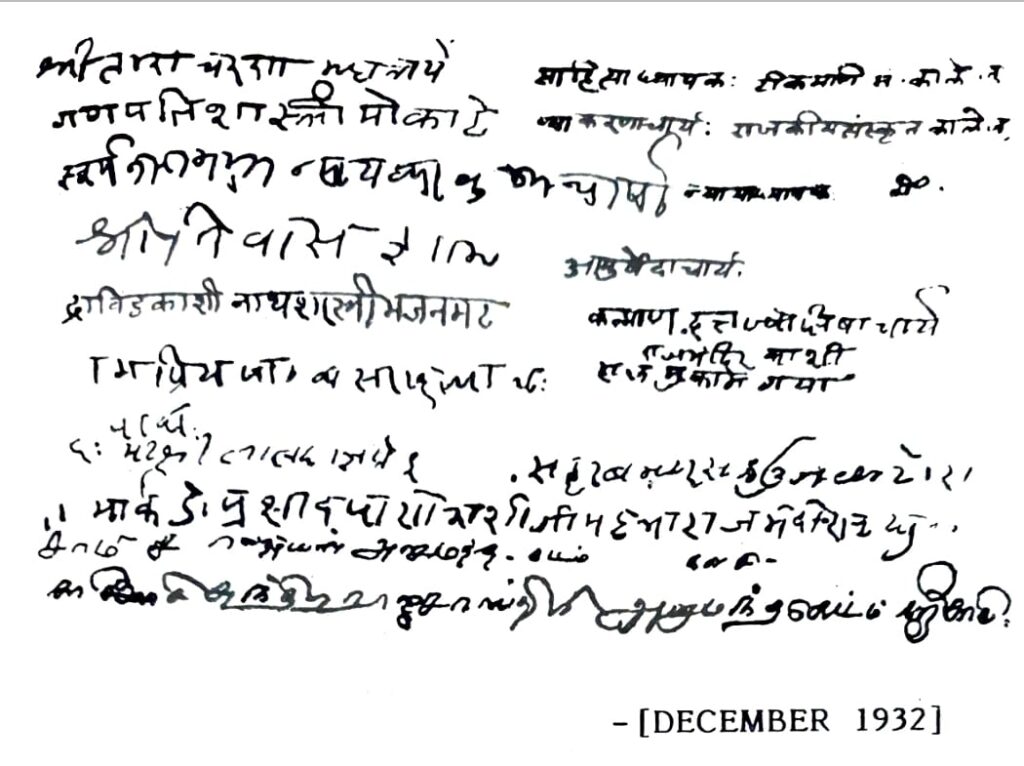

-
SRI ADI SANKARABHAGAVATPADA BIRUDAVALI
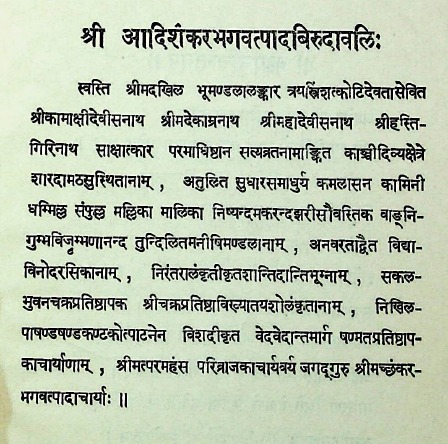
Adishankarabhagavatpada birudavali -
A SHORT HISTORY OF JAGATHGURU SRI SANKARACHARYA AND HIS SUCCESSORS
A SHORT HISTORY OF JAGATHGURU SRI SANKARACHARYA AND HIS SUCCESSORS ON HOLY THRONE Compiled By Pandit Ramaswami Sastri with the help of Mahratta Pandits – Sri Vani Vilas Press, Srirangam (1915)
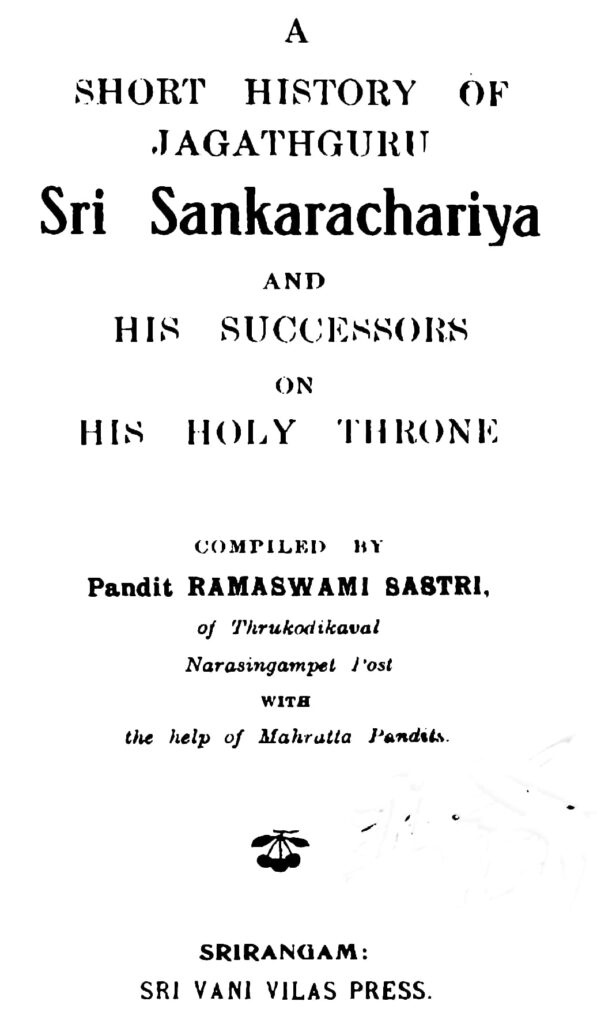
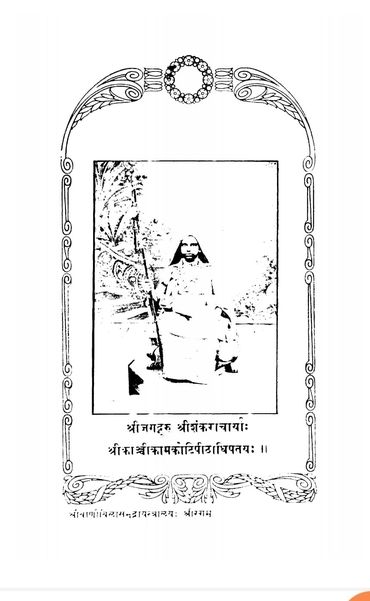

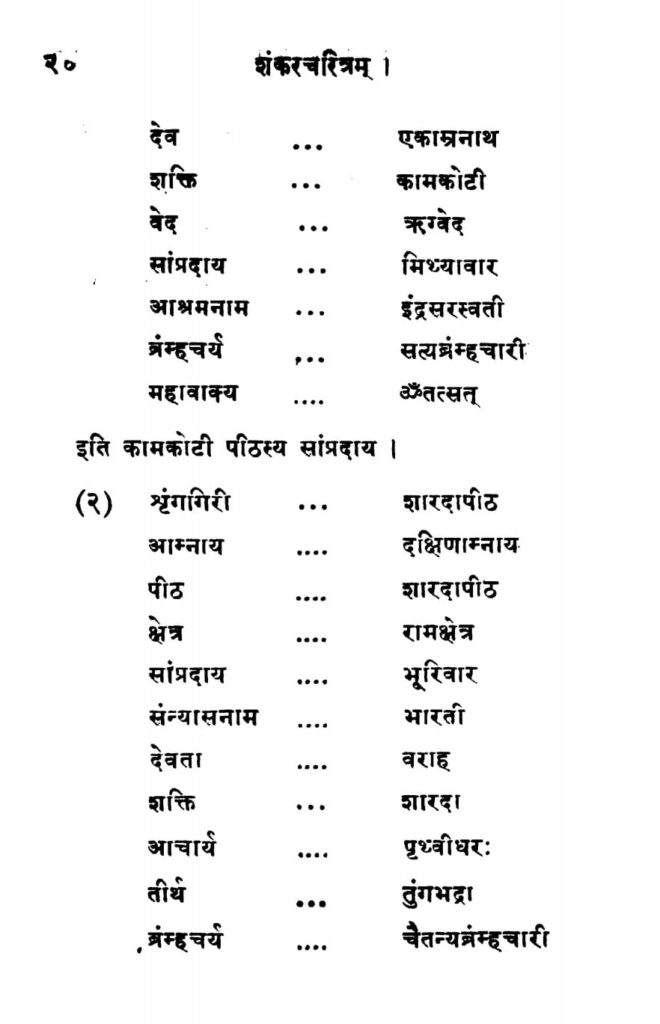
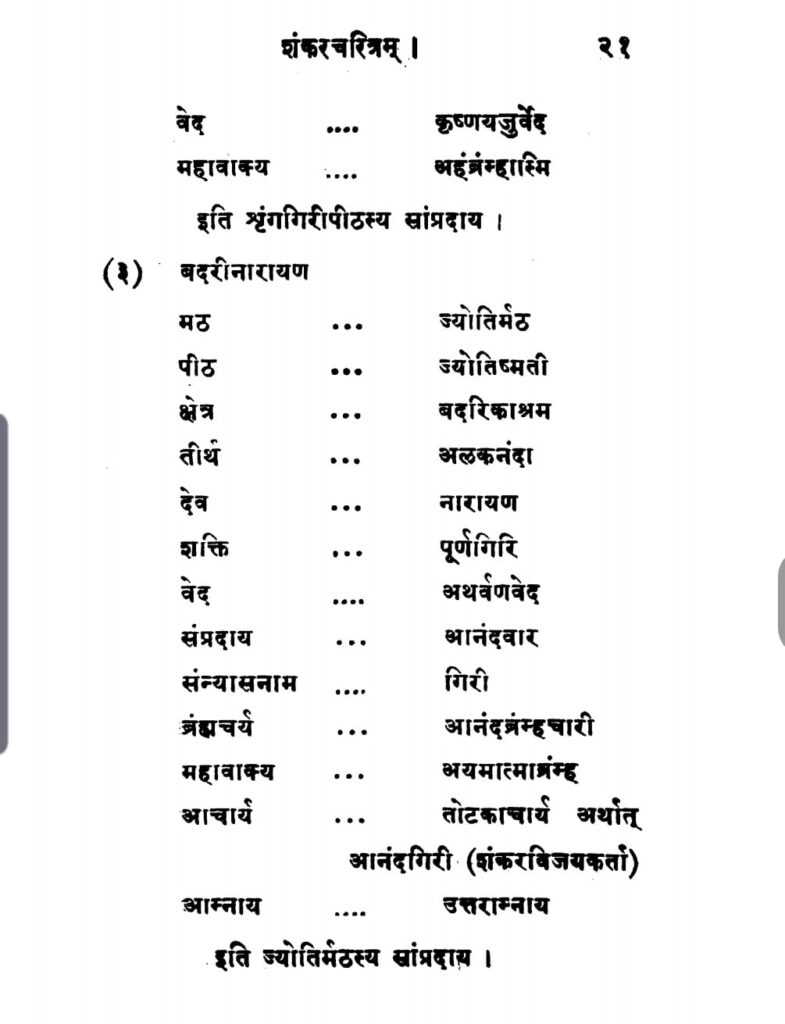
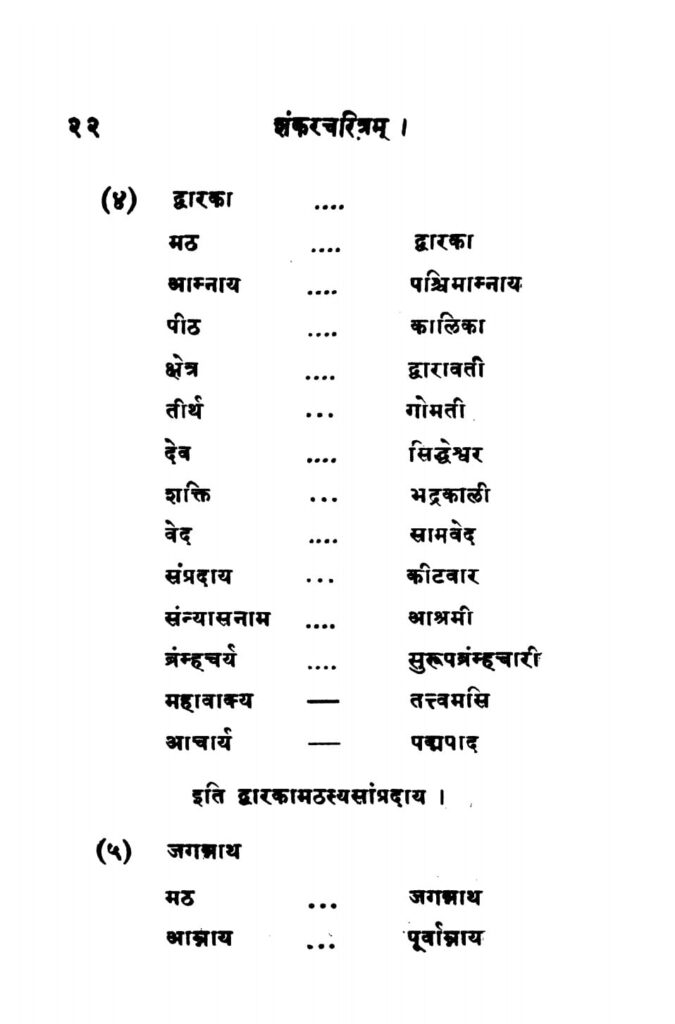


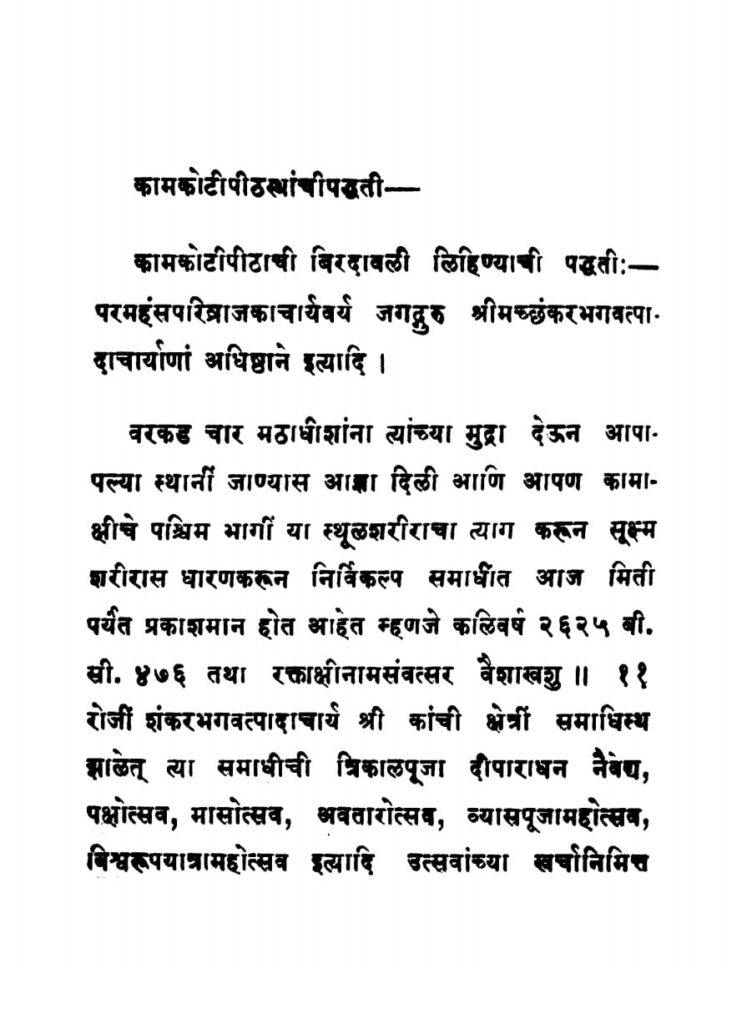
-
SRI SANKARACHARYA
(Nyaya Chandrika – BIBLIOGRAPHY OF ADVAITA VEDANTA – Author Index – Mahamahopadyaya N.S.Anantakrishna Sastry And K.Ramamurthi Sastri – Madras Govt. Oriental Series, G.O.M.L. Madras, 1959)
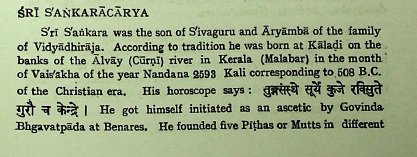

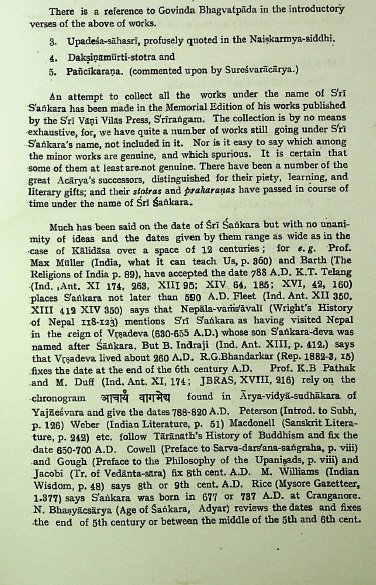

-
प्रातः स्मरणीय..
